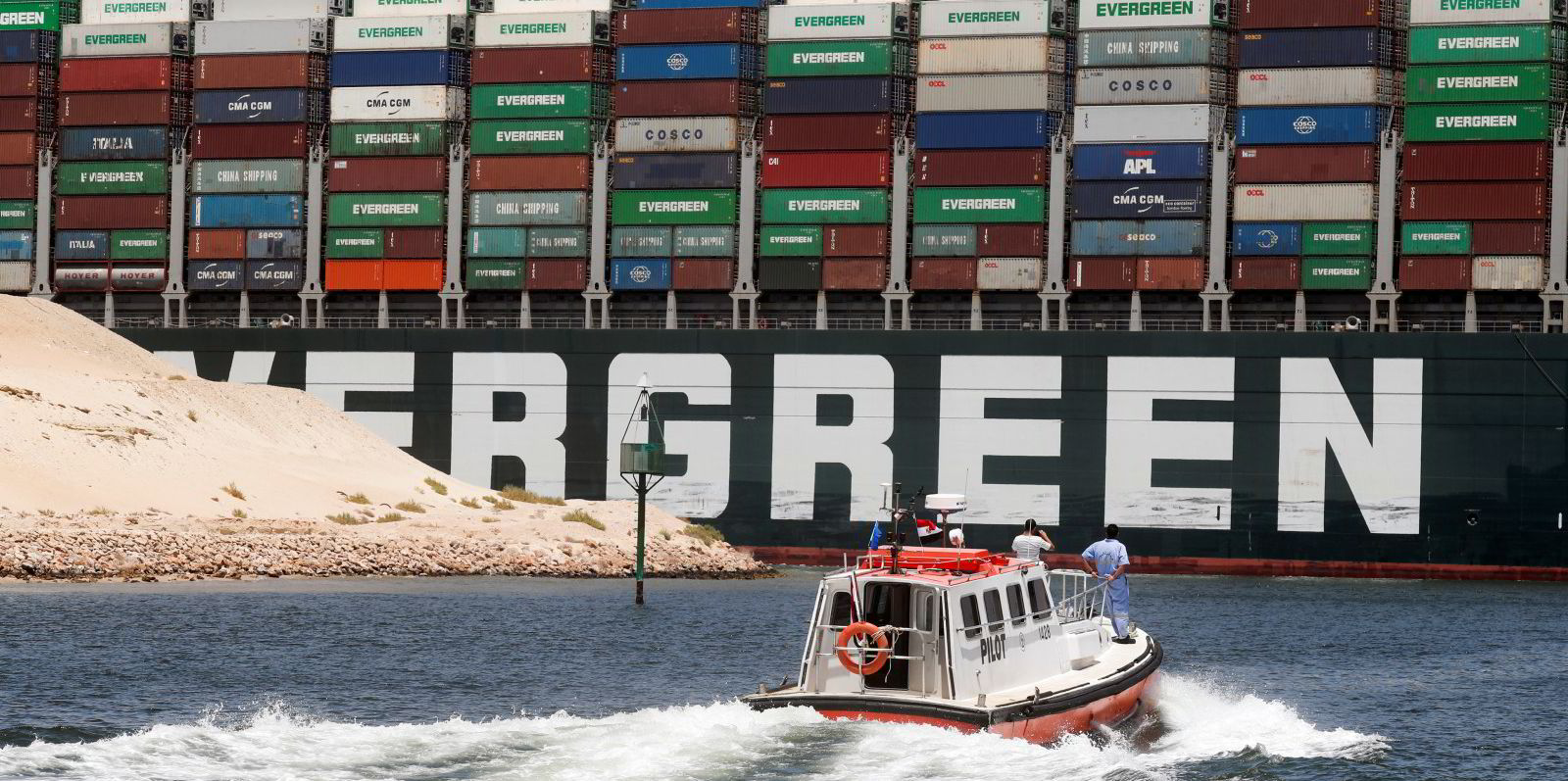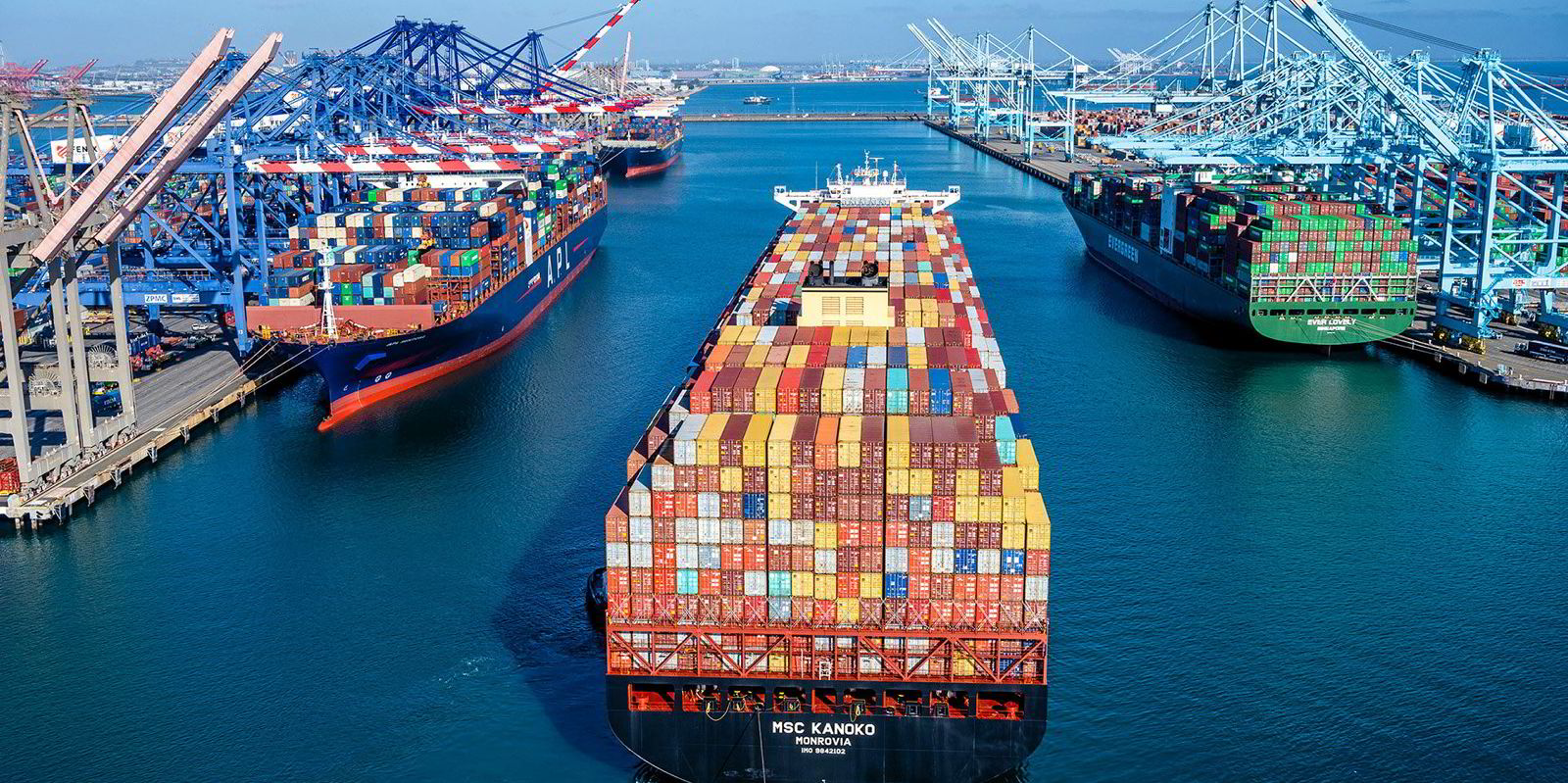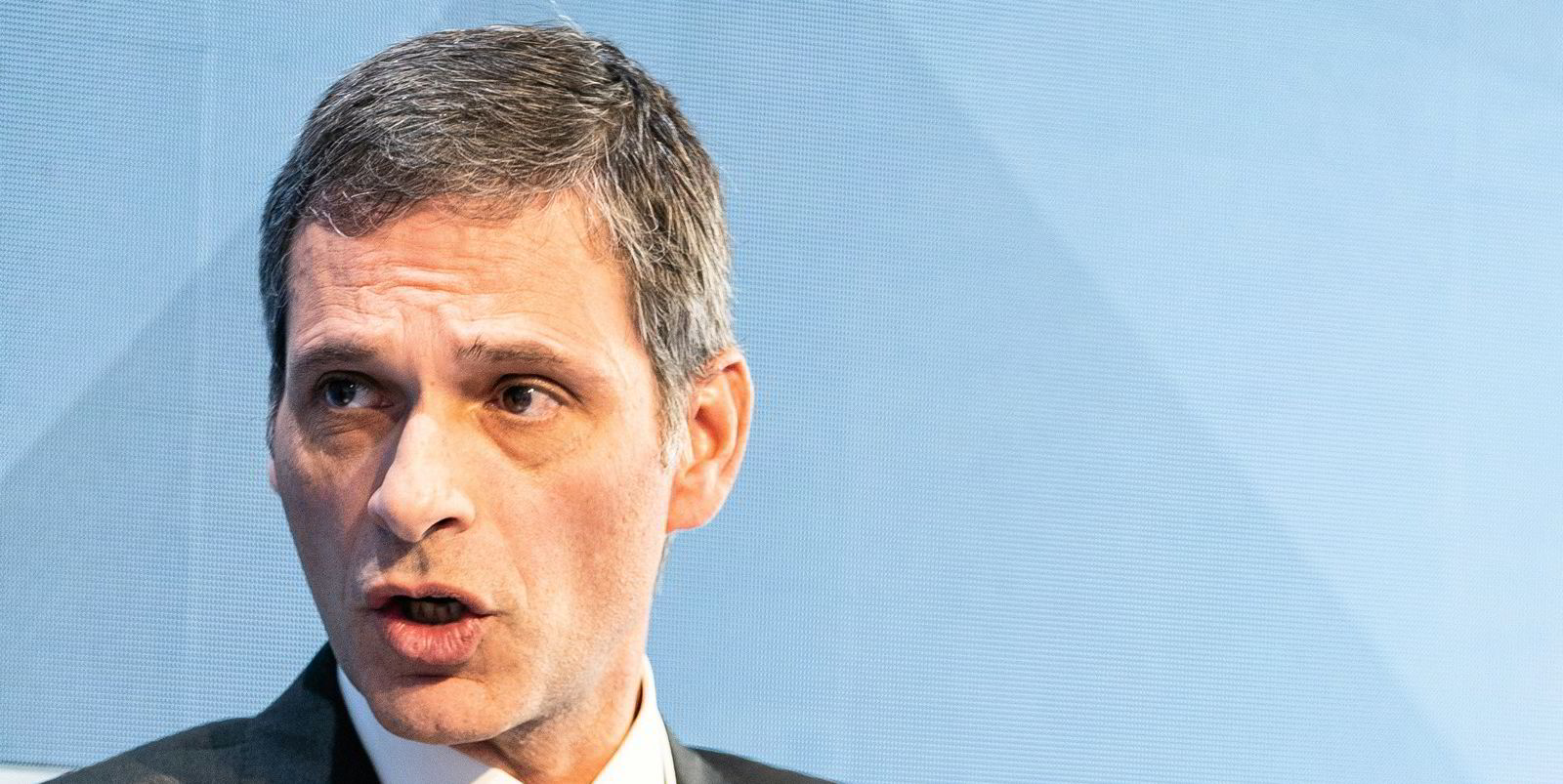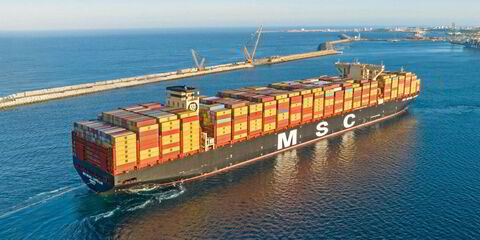If 2020 was the year of the one “c”, Covid, then 2021 has to be the year of the three “c’s” as in cash, capital markets and carbon — even though the pandemic remained with us.
The cash element was highlighted once again in recent days as liner operator CMA CGM unveiled plans to hand out $4.5m of bonuses to its landside and seagoing staff.
The Marseilles-based company was celebrating net profits of $5.6bn in the third quarter of this year alone amid a wider global box bonanza.
The largesse from the French group follows a similar move from its larger rival AP Moller-Maersk, which is giving its 80,000 employees about $1,000 each.
That is on the back of expected net profits of $17bn for the full 2021 annual period as freight rates rocketed to record highs on some east-west routes.
It is especially good to see seafarers benefit given the hardships many have endured amid extended tours of duty and difficulties getting home amid the pandemic.
These may be unusual handouts on exceptional profits but it is worth remembering that Maersk chief executive Soren Skou himself received $5.5m in annual salary and bonus back in 2019 alone.
CMA CGM, Maersk and many other liner operators have benefited from the astonishing bounce back from the Covid-inspired lockdowns of 2020 that paralysed much commerce.
The first three months of 2021 were measured by Clarksons Research as the best quarter for 13 years, with a shortage of container tonnage and massive port congestion first pushing rates and then ship values upwards.
Capacity squeeze
The capacity squeeze was exacerbated by Evergreen managing to get a vessel stuck during March across that key global transport artery, the Suez Canal.
The importance of China as the manufacturing exporter of the world was underlined by new statistics from Alphaliner, showing five out of the six largest container ports in the world are now located there.
This statistic is not impacted by one of the other unexpected events of 2021, which was that US/Chinese relations remain poor even though the calmer Joe Biden had replaced a pugnacious and volatile Donald Trump as American president.
Record freight rates of $20,000 per 40-foot box from China to the US by early August were enough, however, to trigger a probe by American competition regulators.
Dry bulk shipping, which went through a miserable downturn in 2020, finally joined the freight-rate party early this year as Chinese imports of coal and iron ore barrelled upwards. By October, capesize bulkers were earning $80,000 a day — the highest level since 2009.
LNG carrier earnings also rose strongly amid booming US exports, logistical logjams and cold weather in Asia. A shortage of vessels led spot charter rates for large vessels up to record levels of $350,000 per day.
Tankers remained in the doldrums — as did the bombed out offshore support vessel sector hit by very low oil prices in 2020, while the cruise business remains a shadow of its former self.
Excitement over prospects for container ships triggered the first mainstream shipowner in five years to float a company on the New York Stock Exchange.
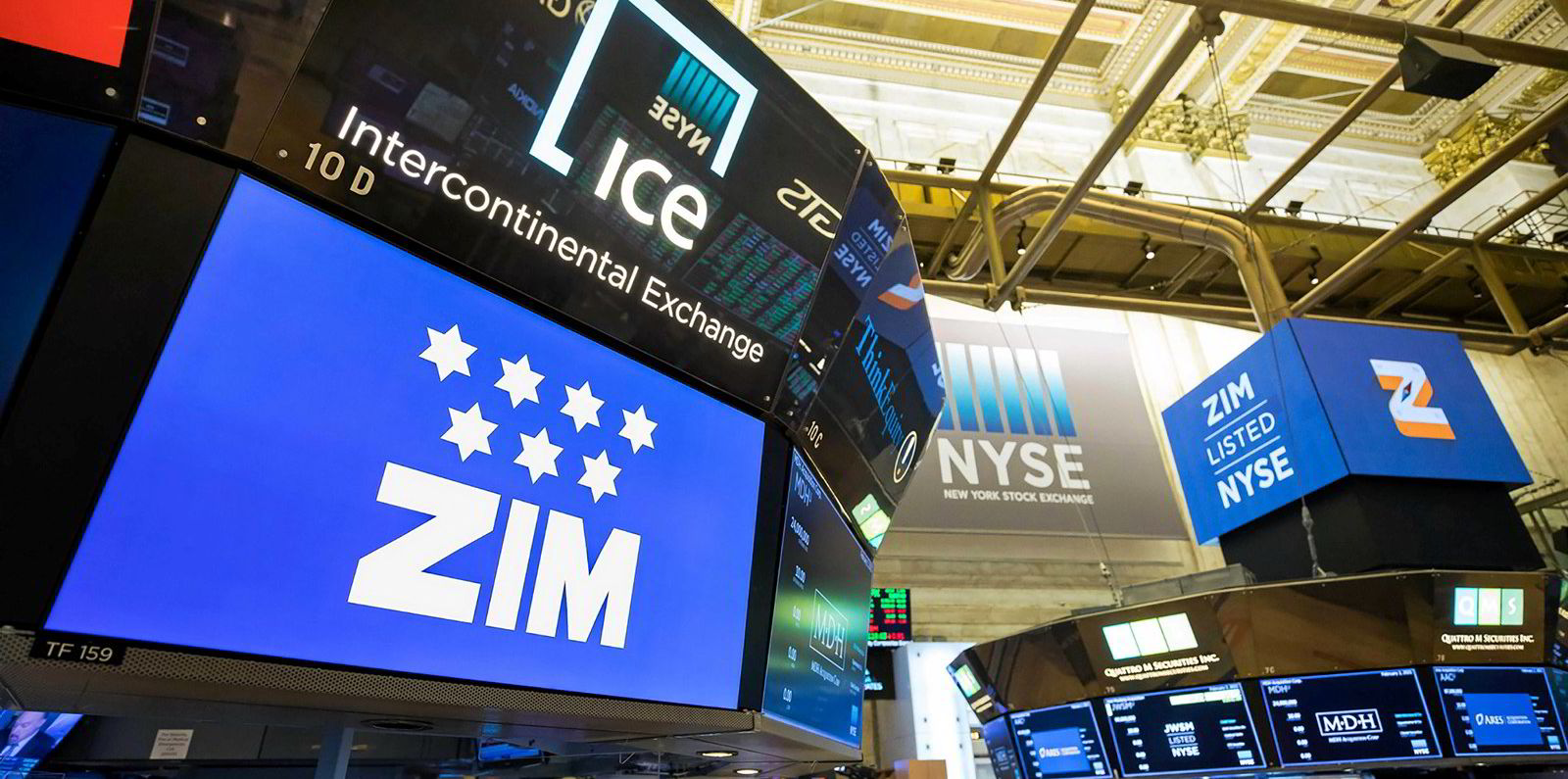
The Zim initial public offering was a bit of a disaster on the day — with shares diving a quarter below the launch price to $11.50 but are now trading above $50, giving it a market capitalisation of $6bn.
By the end of May, shipping had made new ground in the capital markets with a $250m IPO from bulk operator Taylor Maritime Investments in London.
And by November, there was a positive scramble for new equity investors in Oslo with Edda Wind and then Hoegh Autoliners raising $116m and $118m, respectively, within minutes of the market opening on different days.
Carbon challenge
One of the big trends of 2021 was the higher profile given to carbon after climate action became centre stage — not least due to Biden replacing the sceptical Trump.
The Glasgow COP26 climate talks in November followed the European Commission pressing the "go" button on shipping being included in the European Union's Emissions Trading System.
All this – as we reviewed here last week – sent the price of CO2 allowances to record levels earlier this month.
The pressure is now on to find those low-carbon maritime fuels but most in shipping will remember 2021 as a “c”racking good year.
